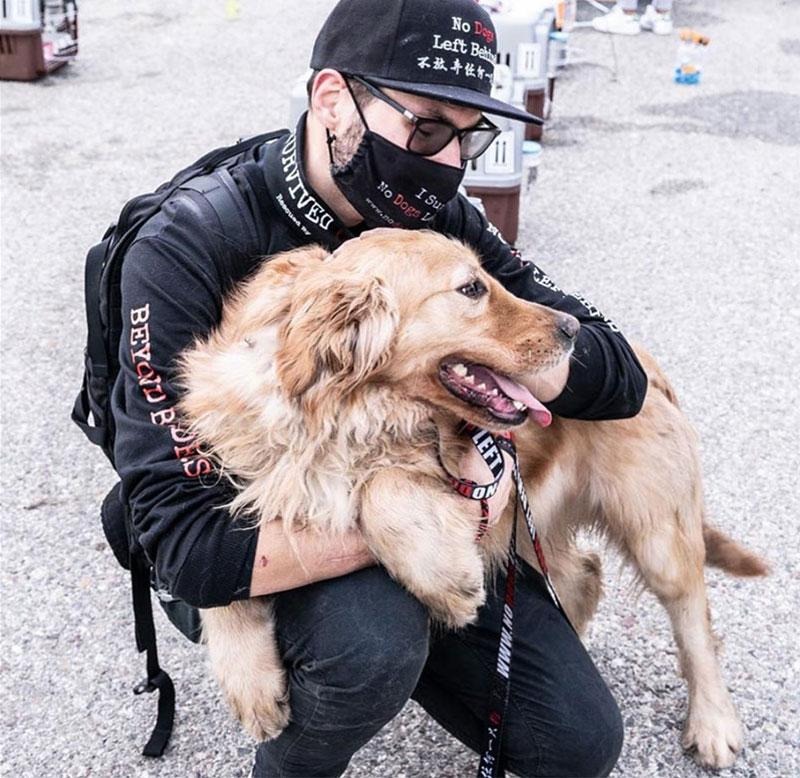Taking up the No Dogs Left Behind mission, having a rescue dog in your home is a fulfilling experience. Your new friend might bear scars from their previous experiences, so a peaceful and supportive environment becomes crucial to help them adjust.
Make a calm space with a cozy bed, food, and water so your friend feels safe. Set a schedule for meals, walks, and playtime to build trust.
This article explores some of the ways by which you can successfully set up an ideal home environment for your furry buddy. With love and care, your home will be a safe place for them, ensuring no dog is left out.
-
Create a Quiet and Calm Area
Your rescue dog will be overwhelmed in the early days. Create a quiet area or a small room as their first sanctuary. Stock it with a comfortable bed, fresh water, and perhaps a soft toy or blanket imbued with a familiar scent. This room should not have loud sounds or heavy traffic.
Providing them with their own space will allow them to decompress and start to feel safe. Dogs rescued by No Dogs Left Behind usually require this quiet transition time, particularly after evading high-stress situations.
-
Dog-Proof Every Room They’ll Access
Safety should be a top priority, especially for a rescue dog who may not be familiar with indoor living. Hide electrical cords, lock cabinets with cleaning products, get rid of things that could cause choking, and put trash cans where dogs can’t reach them.
Look at things from a dog’s point of view: what can they chew, go, or climb? By reducing risks, you make a safer place for your rescue dog to feel calm and explore.
-
Create a Routine of Consistency
The single greatest thing you can bestow on a rescue dog is consistency. Feed them at the same hours every day, walk them on a schedule, and maintain a regular bedtime. Therefore, routine permits trust and reduces fear.
Remember, these dogs have likely never experienced a routine meal or a warm bed; routine gives them comfort and trust. A simple morning greeting of “good morning” will permit them to feel more secure.
-
Introduce People and Pets Gradually
First impressions count, particularly to a rescue dog who might have had unpleasant encounters with humans or other animals. Make introductions slow and peaceful. Allow your dog to view new people from a distance before direct contact. For other animals, employ a neutral area and controlled environments for introductions. Supervise at all times and make early interactions brief and pleasant. This prevents stress and enables your dog to develop positive experiences over time.
-
Provide Enrichment and Mental Stimulation
A bored dog can quickly become an anxious or destructive one. Fun activities can occupy the mind of your rescue dog. Positive reinforcement involves gentle training and provides rewards so that they learn to understand simple commands, and also builds your relationship with them.
Final Thoughts
Bringing a rescue dog into your home saves his life, but it also alters yours. By providing them with a caring and stable home, you provide them with a second chance at life. It isn’t always easy, but the devotion and love of a rescue dog are incredible things.
Support the mission. Transform a life. Adopting from No Dogs Left Behind ends cruelty and brings hope to those who need it most. Visit No Dogs Left Behind today and join a global movement of compassion and change.
